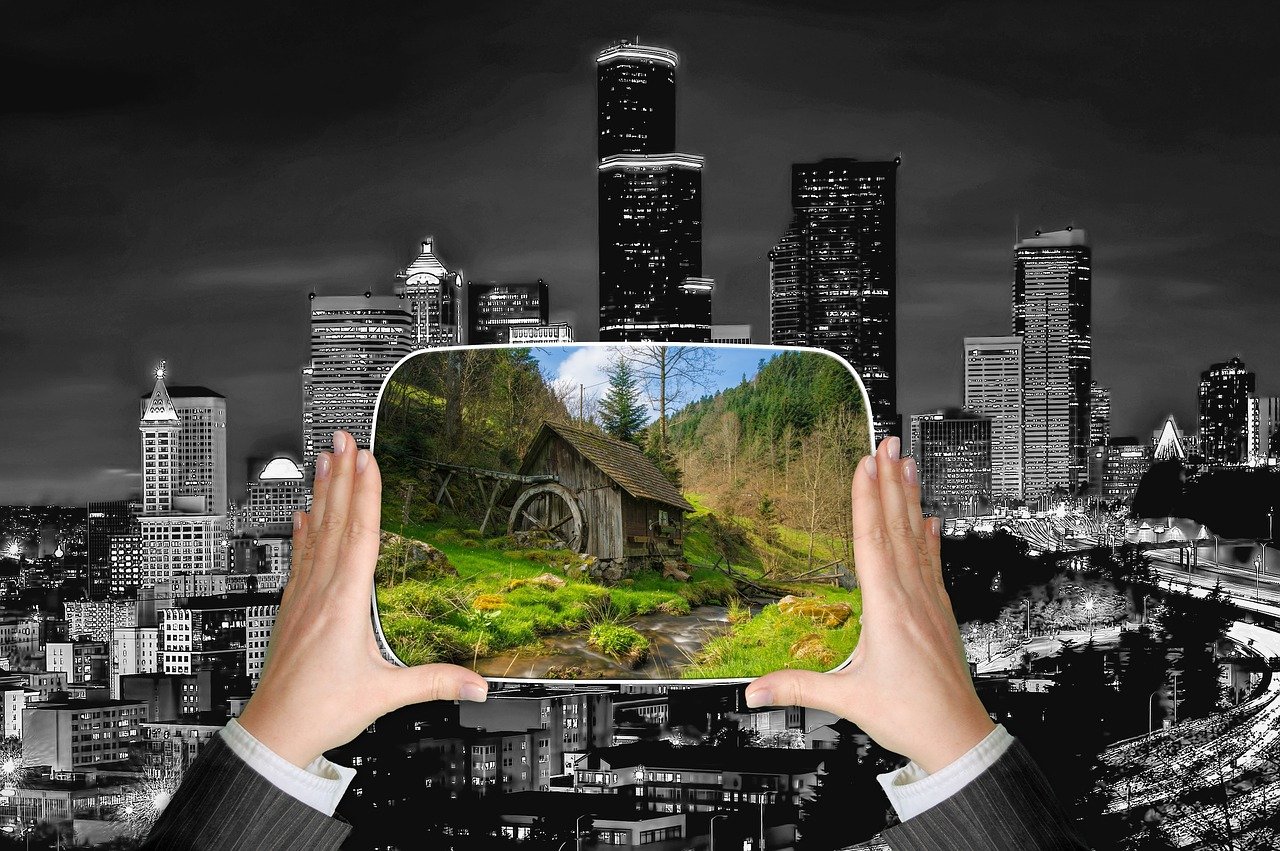Buildings, being major energy guzzlers, should be the prime concern of both individuals and the authorities. Only then, the concrete jungles of today have a chance to attractive greenhouses

By Mike Rana, Published Author, Speaker, Software Engineer
Will Green Buildings Help
Buildings, being major energy guzzlers, should be the prime concern of both individuals and the authorities. Only then, the concrete jungles of today have a chance to attractive greenhouses.
With growing awareness in the recent few years, the term green building has emerged. It means eco-friendliness. Green buildings are energy-efficient where both heating and cooling are realised by a combination of design features and operational processes. The preference should certainly be for choosing appropriate design options when the building is initially constructed. However, energy audits and retrofit modifications to existing buildings also help. Yet, this is easier said than done. Builders, or even individuals as home constructors, cut corners to reduce capital spending, completely oblivious to the fact that subsequent piece-meal enhancements end up in recurring costs that may exceed the initial capital expense. While technologically it may be possible to achieve a good retrofit eco-friendly status for a building, much more can be achieved by tuning the existing legal byelaws, to allow and promote energy-saving options during the design stage. Lethargy in amending the byelaws causes frustration to the builders, including the individual home-constructors, while it adds to global warming in a big way.
Considering the Design Options
There is a lot to learn from ancient, though primitive, constructions of the past. Can we dispute that they have survived the vagaries of weather, including natural calamities like earthquakes, storms and tornados? It is strange that many buildings of bricks and mud built centuries ago, still stand firm even when no paint was used on the exterior. Many of these are cool / warm from the inside. Using insulation and special materials to thwart external heat is one way of achieving indoor comforts, but orientation of buildings that take the benefit of Venturi draft of air through the buildings, comes at no cost.For ages, diagonal bonds instead of rectilinear placement of bricks have withstood the shaking and shivering of the earthquakes. Local building materials not only reduce cost but also are more compatible for the local weather conditions. These concepts should not be discarded without sufficient examination and consideration.
Prudential Investments
That we missed making eco-friendly buildings during the design stage, should not deter us from taking appropriate steps now, in spite of the incremental costs we may have to incur. However, we cannot go awry while making these expenses. For example, wisdom lies in not embracing the wind or solar energy options, if this is going to incur capital cost that will not be recoverable for 10 years.If we need extra pumping, additional pipelines and increased maintenance effort for the facilities that deliver 24 hours backup, we are going wrong. If potable water is used for washing clothes in today’s times, it only highlights our ignorance and imprudence. If water transfer is required, and we use energy to do this, we are on a wastage spree. Instead, we should be shifting the users or buildings, close to water bodies or sources.The point is that any additional expense or extra consumption of natural resources that is of a supplementary nature must be carefully debated before committing to it. It might be easier and more effective to change the byelaws to negate the wastage of energy or water.
Modifying the Byelaws
It is strange that the regulatory authority, which is unable to discharge its obligation of providing sustained power, has no objection to the procurement of captive supply by the consumers. It fails to notice the increased demand of fossil fuels, and the consequent greenhouse gas generation, caused by this silent approval. While increasing the supply of electricity is a specific exercise in itself involving capital expenditure, promoting energy efficient buildings should not cause any hesitation; but it does. The authority should not be deterred by extraneous considerations, political or otherwise. Regulatory authorities should not be playing to the tunes of product manufacturers, whose products would go out of demand if green building compliance rules were enforced. No one can justify, even on commercial or technical grounds, avoiding features that save energy. Such people should be tagged.Not much of intellect is required for change in regulations as listed below.· Providing subsidies to cover the incremental cost of converting an existing building to a green building, since this effort is in the direction of reducing greenhouse gases· Allowing and encouraging frameworks that provide protection from heat and dust, such as collapsible metallic window covers on the outside, as are prevalent in the middle east· · Allowing open verandas and balconies to be covered, using approved and standardised frameworks, for protection against heat, dust, storms, mosquitoes, insects and mice. Such coverage should not be deemed as additional carpet area.· · Allowing solar panels as standalone structures, without affecting the built-up area computations· · It is, by all means, possible to lay separate feeders for drinking and general use water. This should be enforced. The drinking water pipeline should be subjected to periodic tests for the quality of water that flows in them. Wherever required, local water treatment plants for individual towers must be encouraged by providing additional subsidy.· · Enforcing provisioning of two separated circuits for street lighting; out of which only one is switched on as a matter of routine. The second circuit is switched on only during prime time when the traffic (vehicles and people) increases, or in times of inclement weather· · For condominiums or high-rise complexes, the bylaws should make it mandatory that at least two levels of basement parking are constructed. A good option may be to place these basements not under the towers, but below the lawns and greens inside the complexes.
Green Buildings in Isolation May Not Help
Green buildings seem like a boon for reducing the greenhouse gases effect. If implemented on large scale they could resist the degradation of the planet in a big way. Yet, measures directed to individual buildings cannot be productive unless the overall urban or rural plan is in place. There is no use of having glamorous green buildings surrounded by slums on all its four sides. Likewise, there is no point in having green buildings without sufficient parking space for its occupants. In fact, large buildings create traffic jams and increase the fuel consumption of cars. If we are convinced that eco-friendly buildings are important contributors to our efforts towards energy saving or for reducing greenhouse gases, then this effort should not stand in isolation. It should be merged with concepts like neighbourhood living to reduce vehicular traffic, shifting building complexes towards existing natural water bodies, and implementing innovative sewerage disposal systems. In addition, a lot is waiting to be done still for urban planning or rural development initiatives. We are miles away from dismantling the concrete jungles of today, which some greedy individuals built.






